The old public library of Cincinnati was built in 1874 on the site reserved for an opera house. It was one of the country’s most beautiful and large public libraries, with a capacity for holding up to 300,000 books in its collection. With five levels of cast-iron shelving, a fabulous foyer, checkerboard marble floors, and an atrium lit by a skylight ceiling, the place was breathtaking. The building was located in Downtown Cincinnati at 629 Vine St. downtown Cincinnati. Five levels of bookshelves jammed the walls. Shafts of sunlight cut through the windows to provide ample illumination. The library was built at a cost of $383,594.53, around $7 million today.
Why was the Cincinnati Library demolished?
There were several reasons behind the demolition of this magnificent library. The books were stacked beyond the reach due to a lack of space. The ventilation system was failing, water leaks, the paint was peeling, and some walls were cracked. The building was also had safety issues that were too costly to fix. Eventually, these conditions would make the place unbearable. The management decided to move the library to another place.
In January 1955 a new contemporary library was opened at 800 Vine Street. The old building was sold to Leyman Corp. And by June of 1955, the old building was demolished. The site is now a parking garage. The three heads that once guarded the main entrance of the library were the only original features of the building that were saved and placed in the new library’s garden.
These historical photographs give us a glimpse of the Public Library of Cincinnati before it was demolished in 1955.


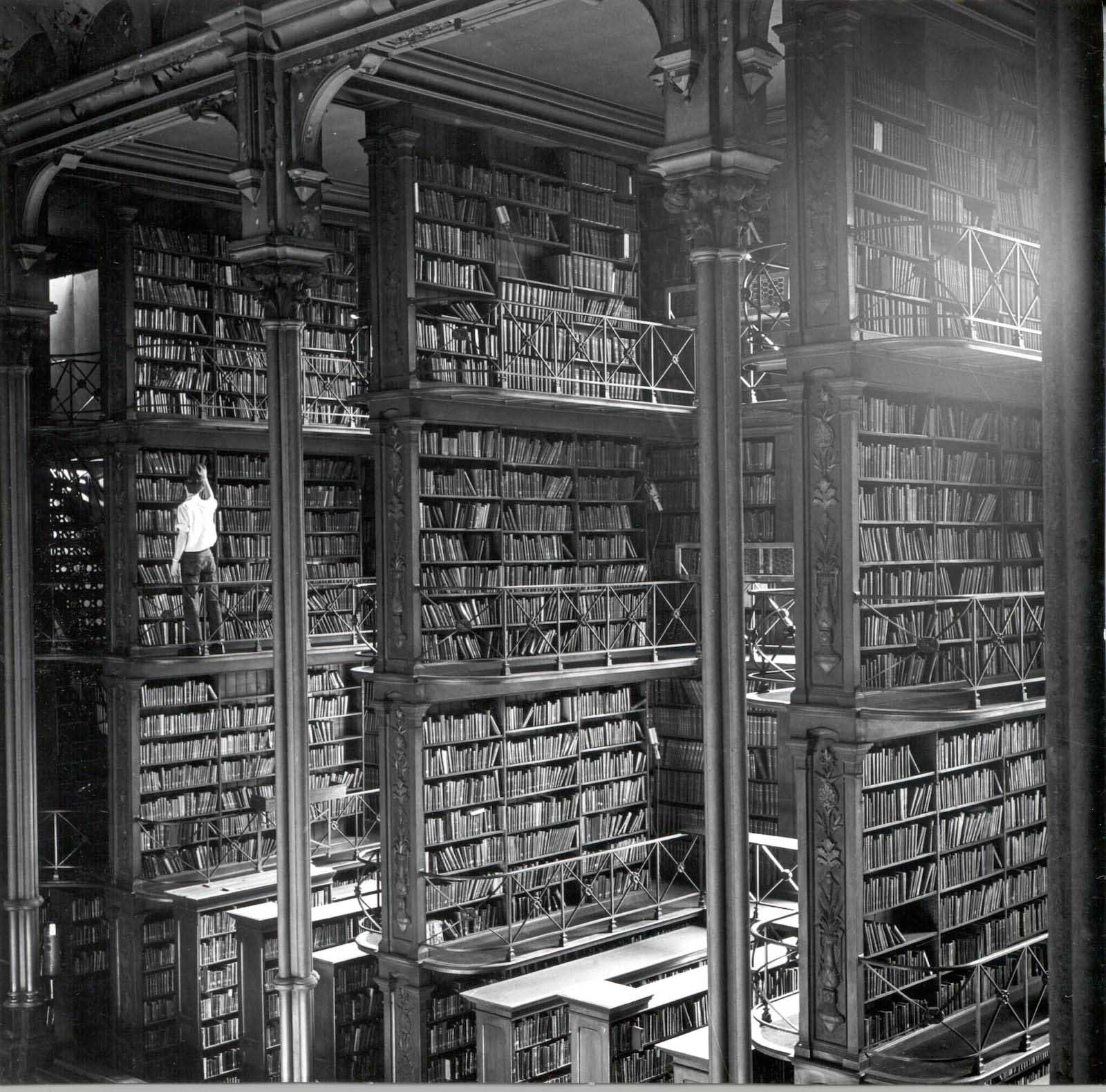
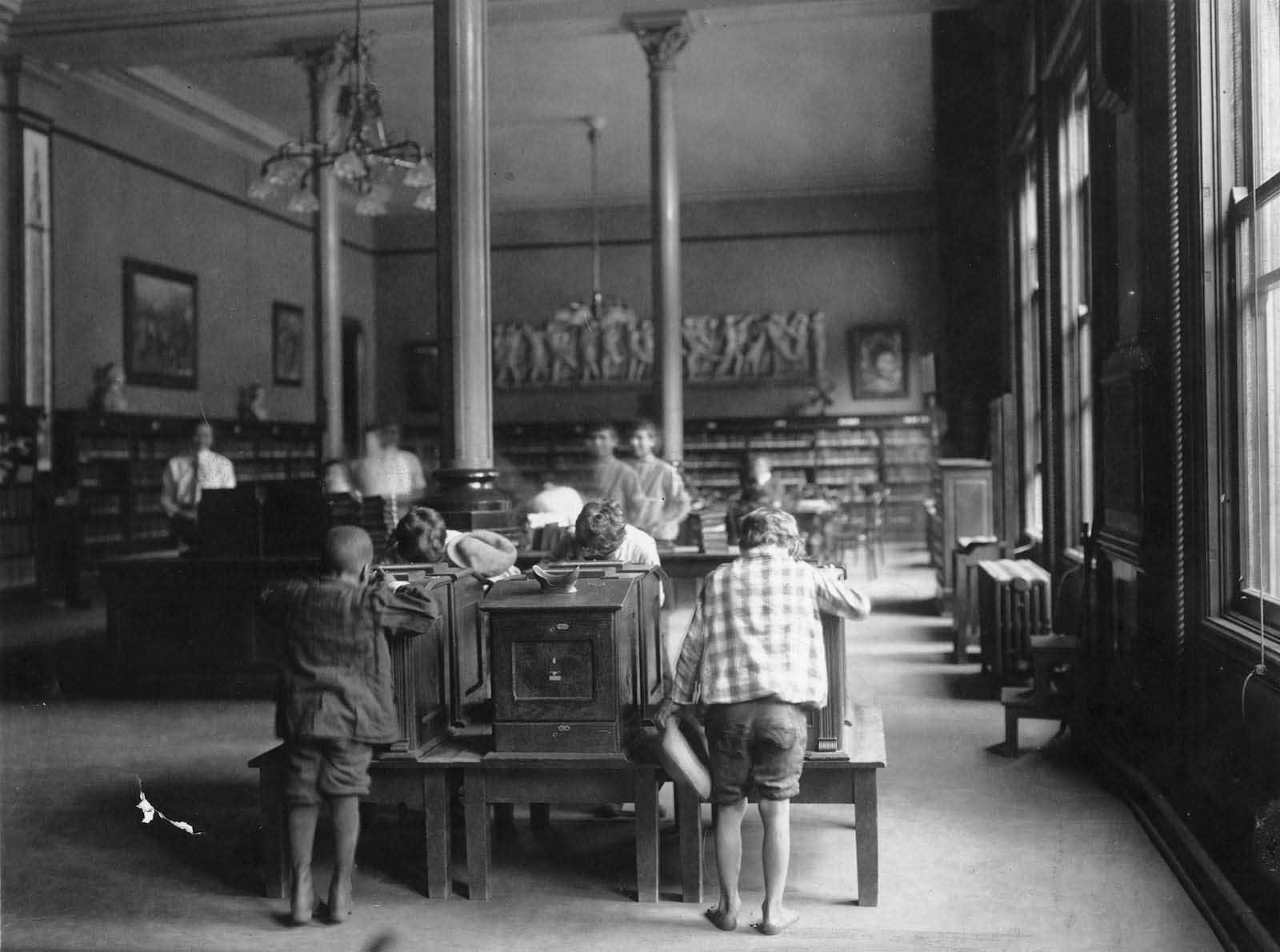
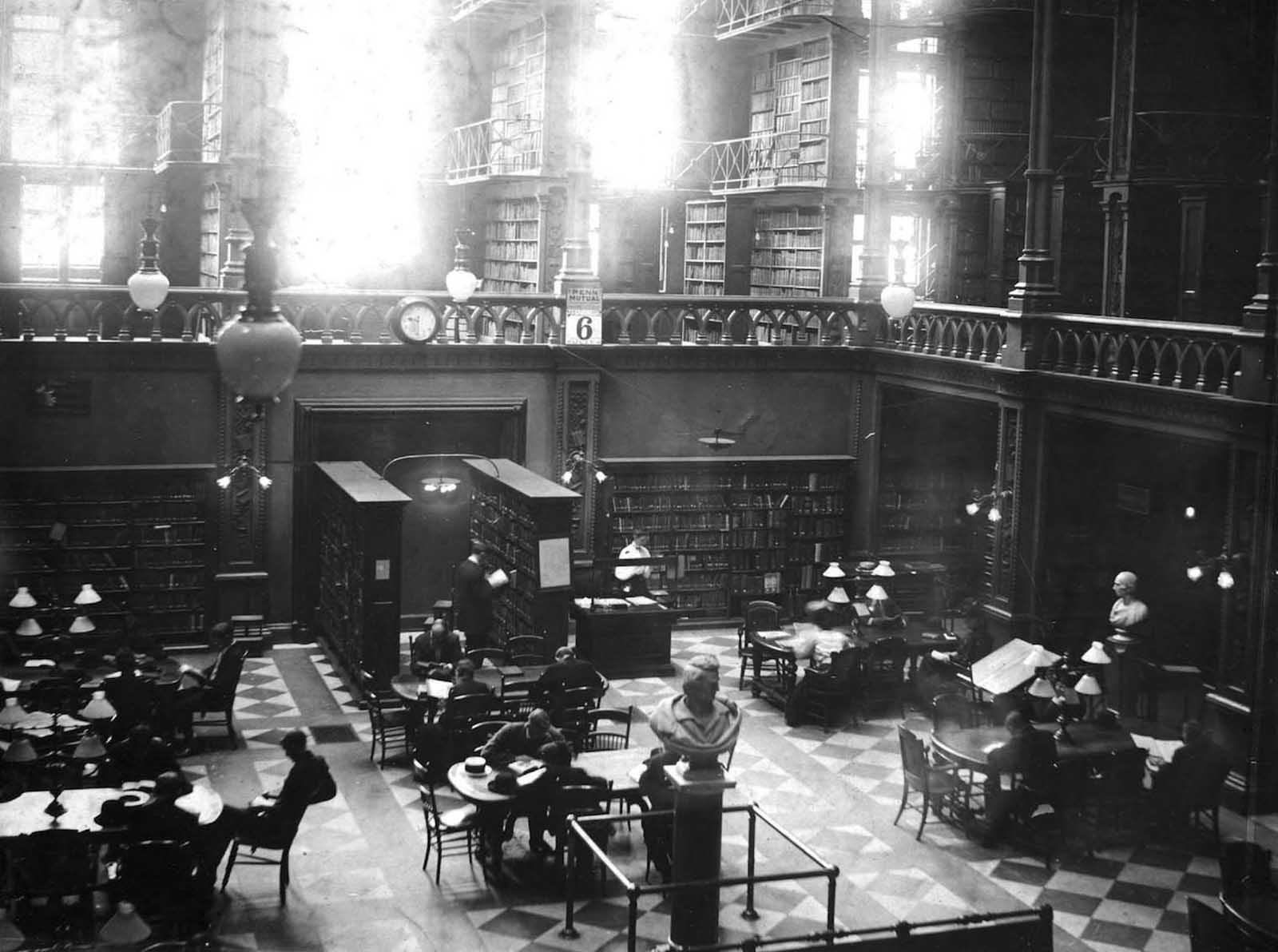
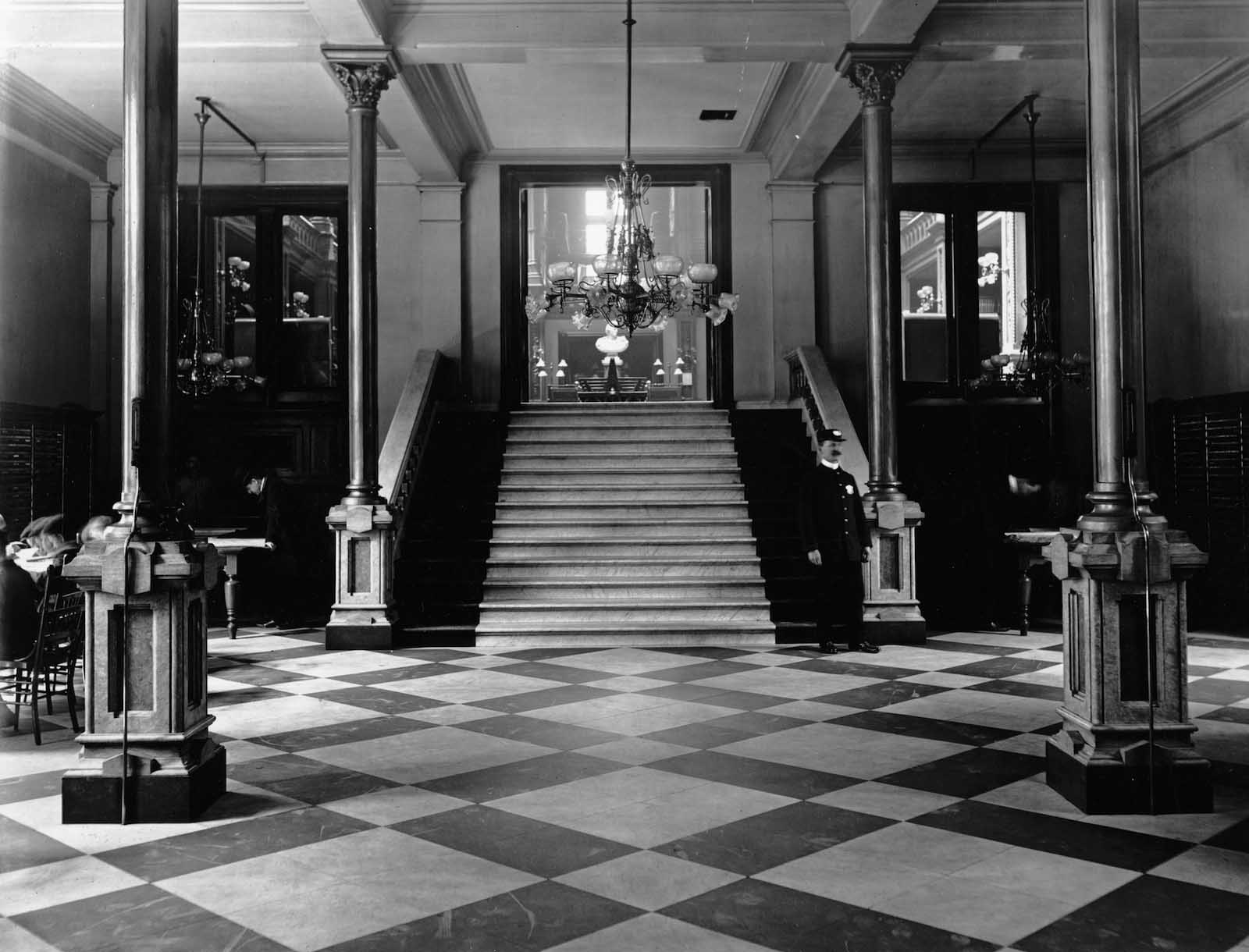
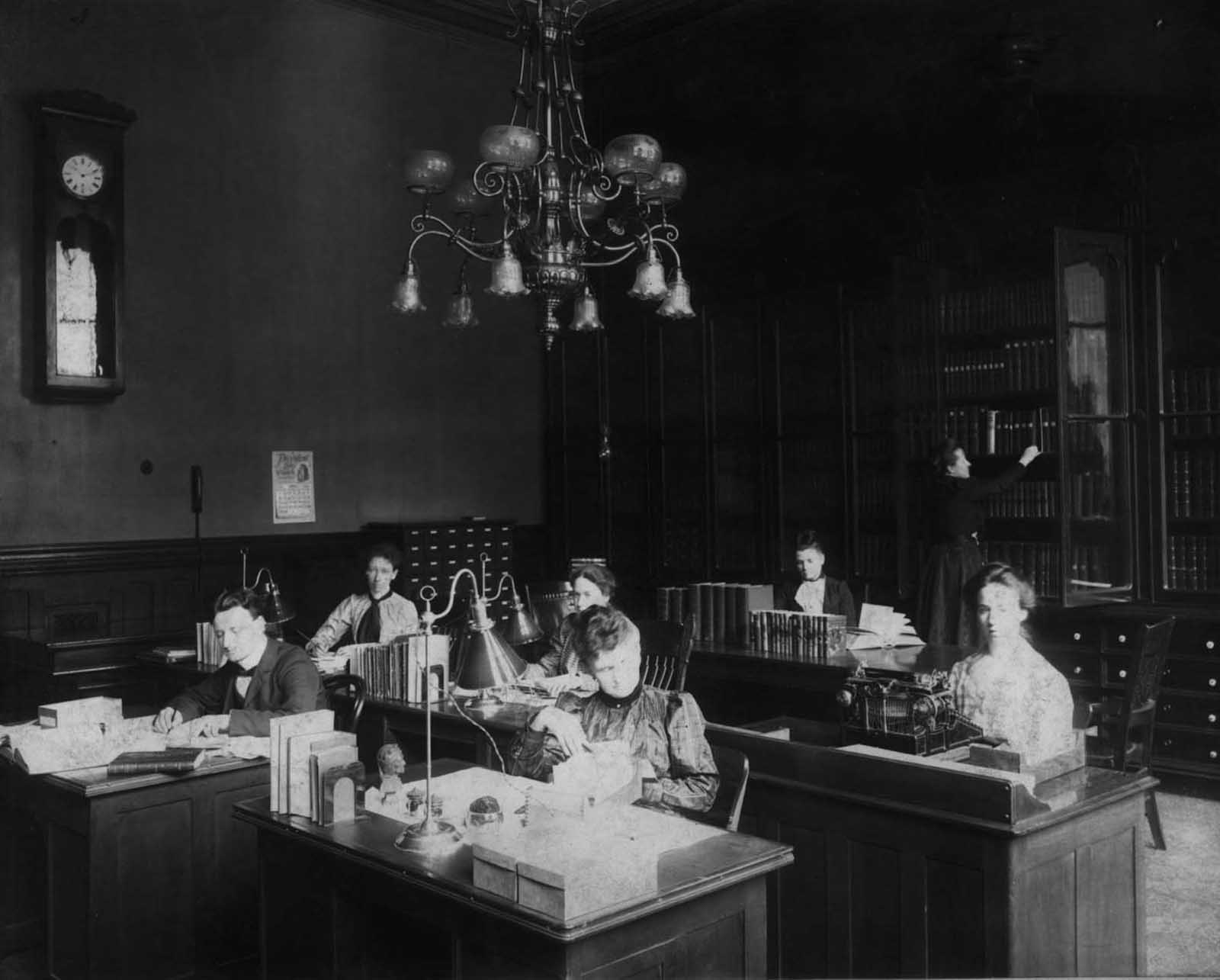
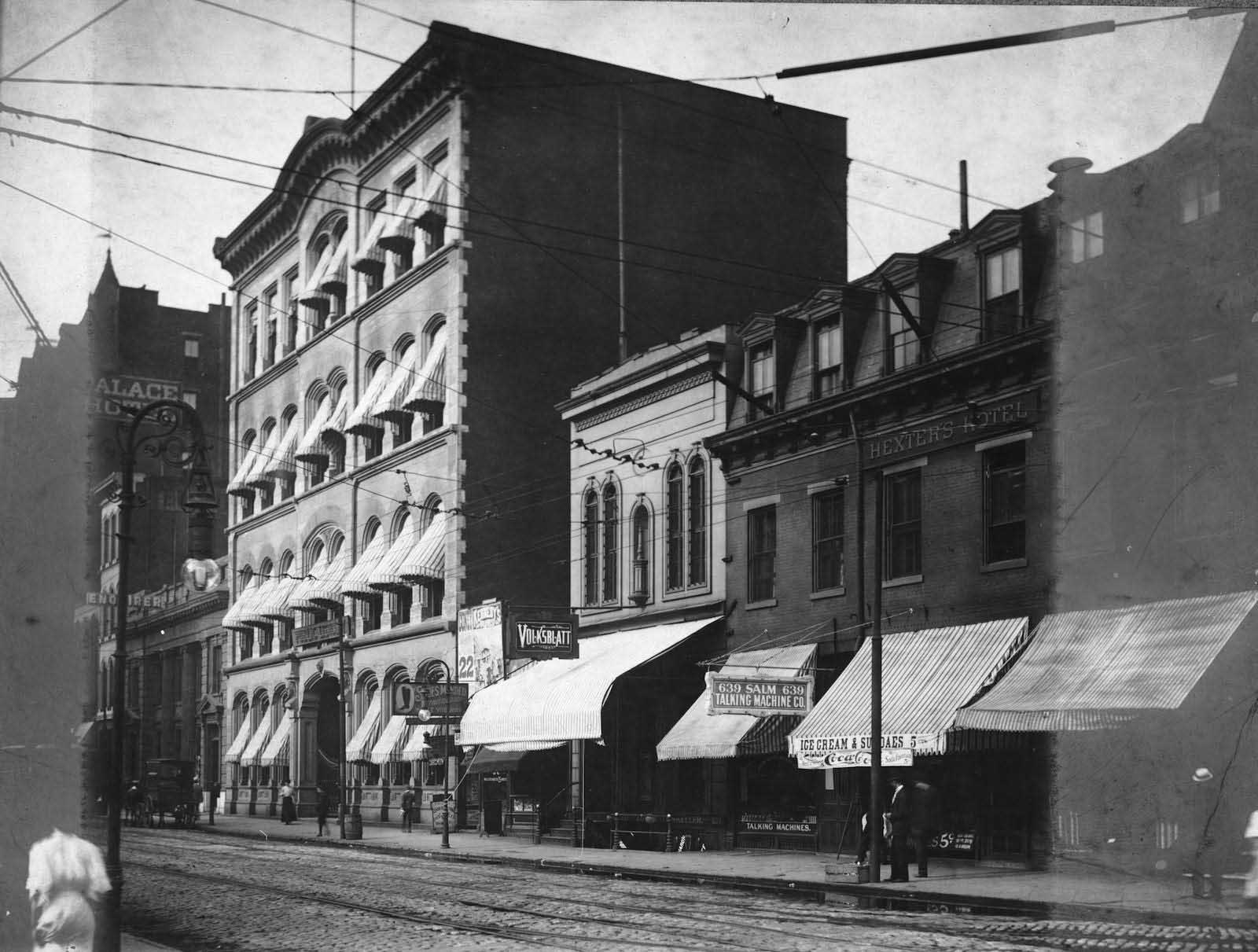
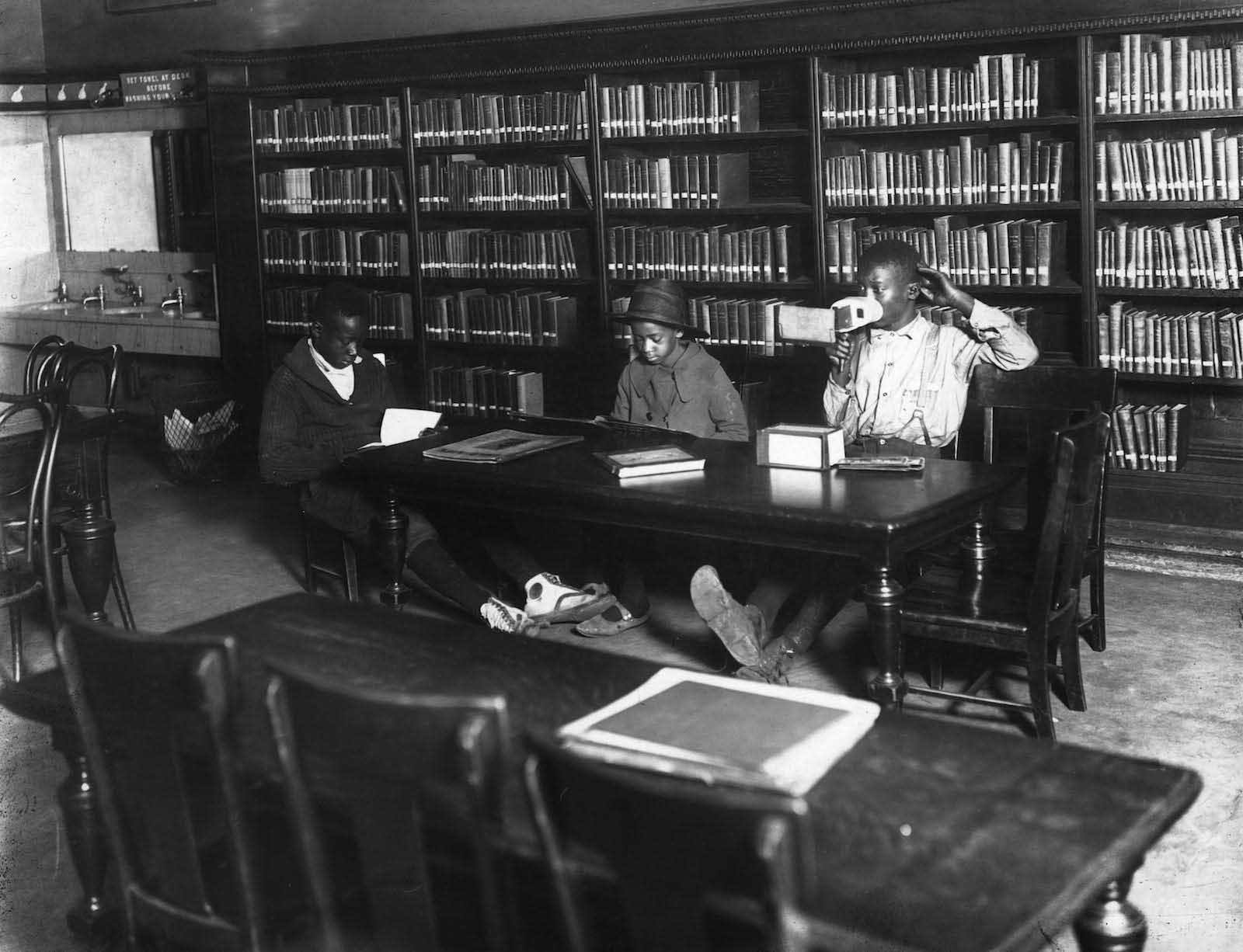
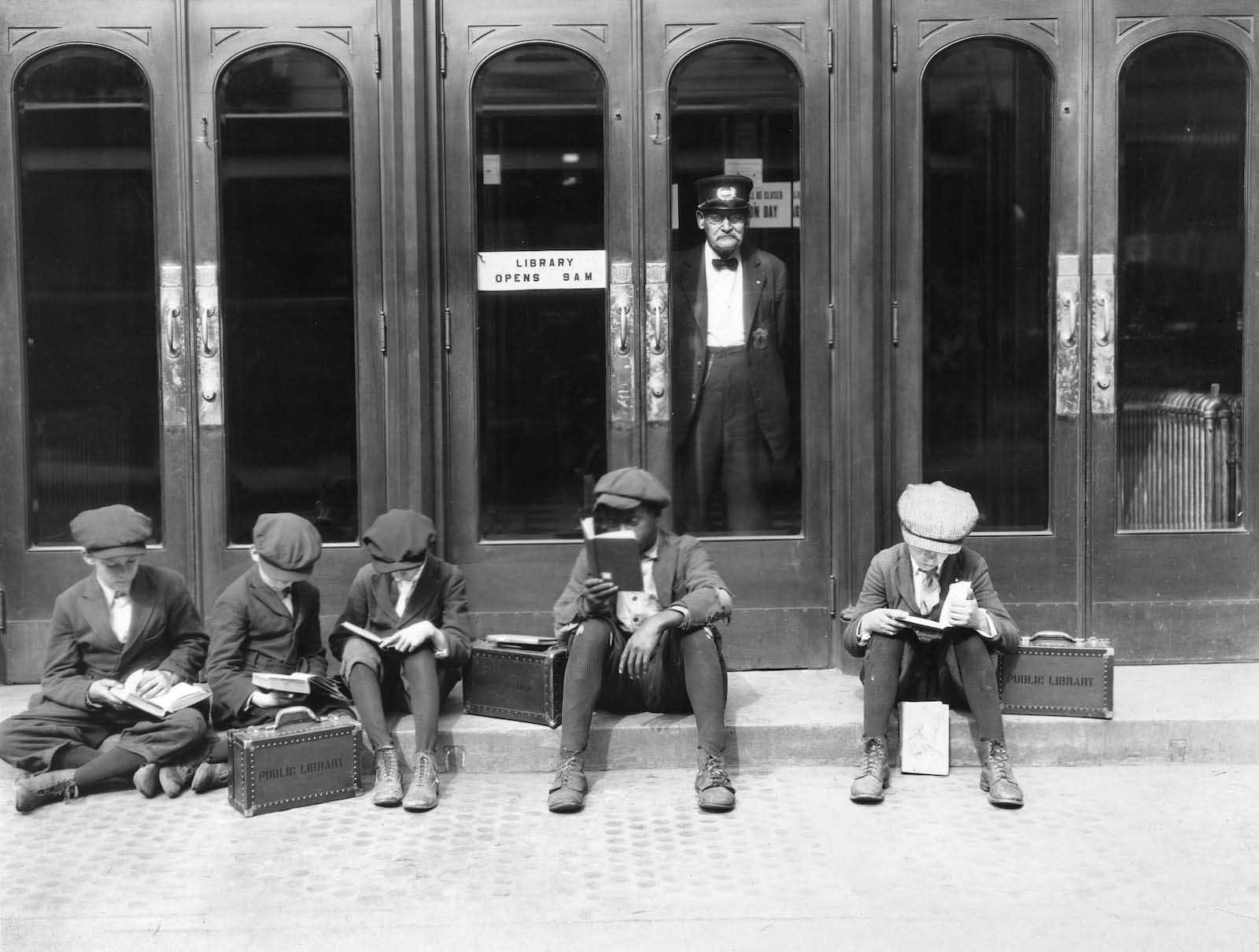
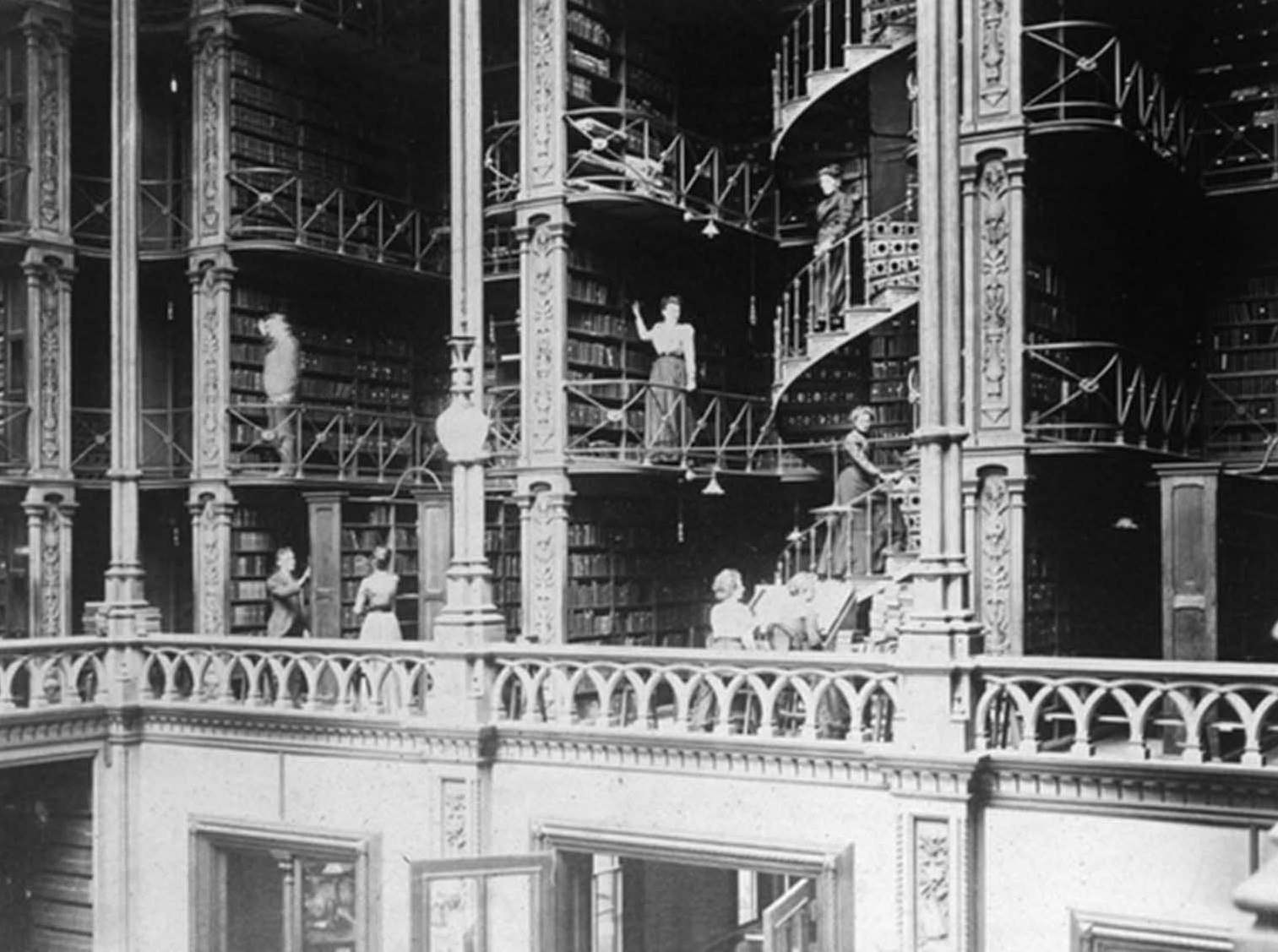
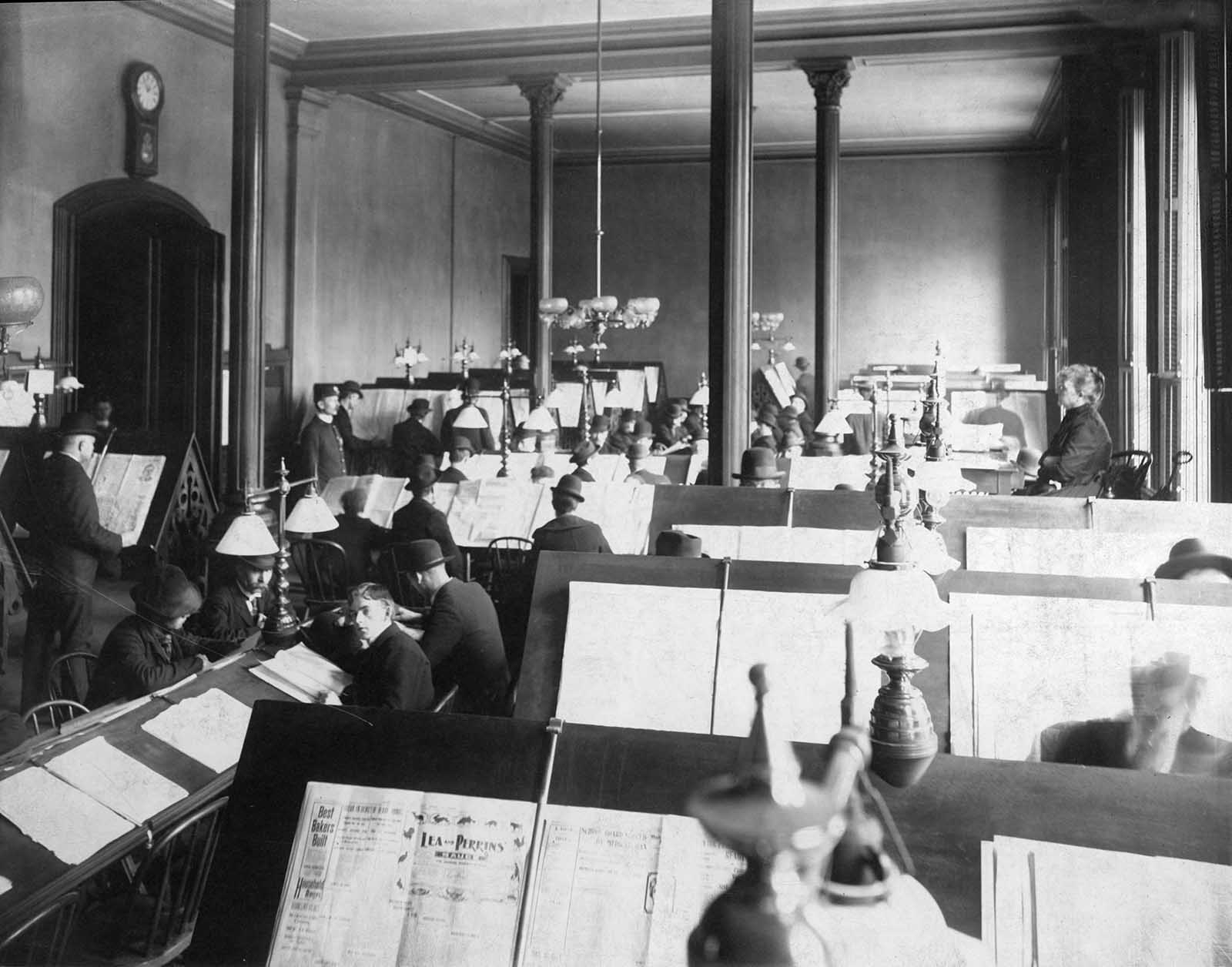
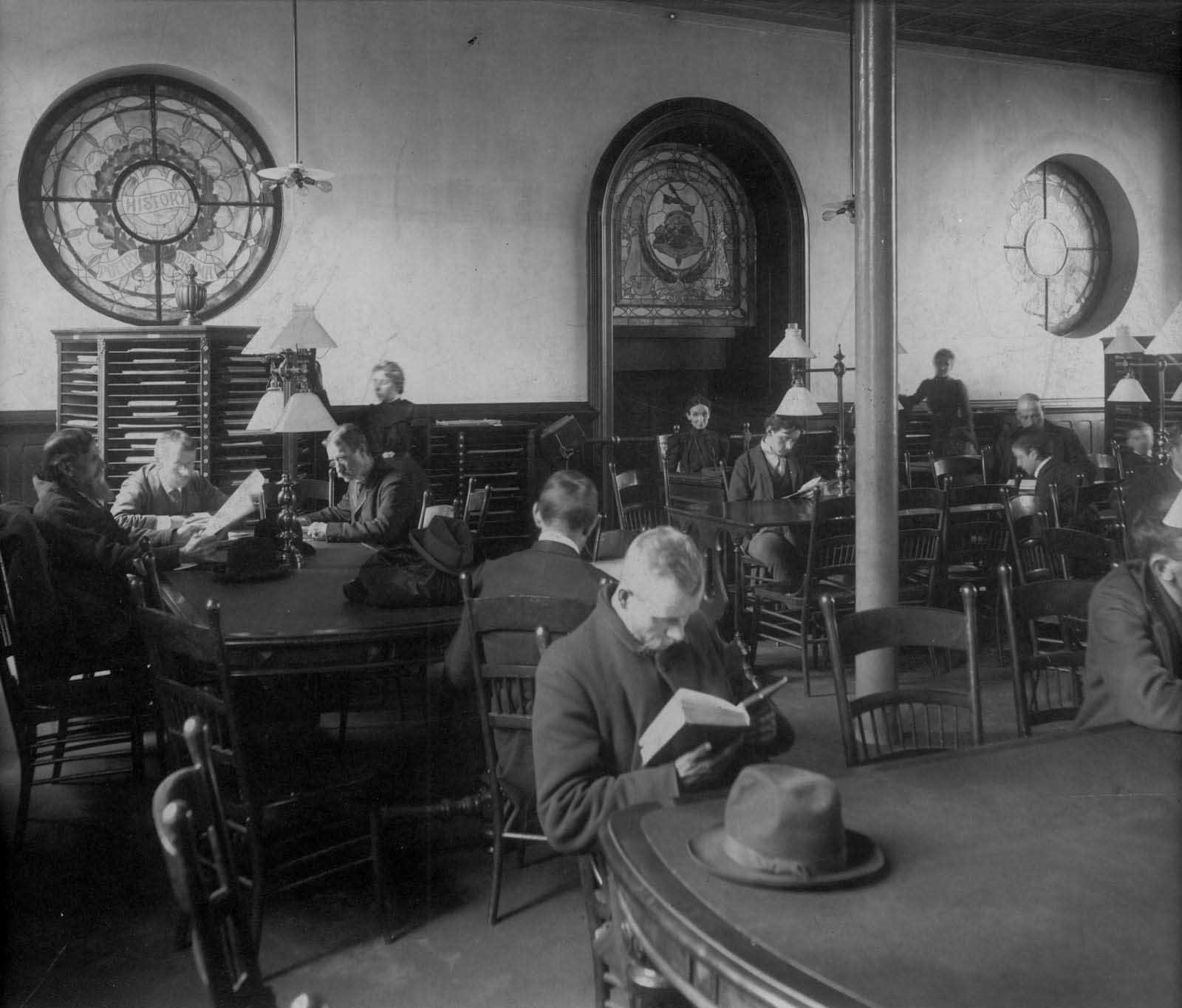
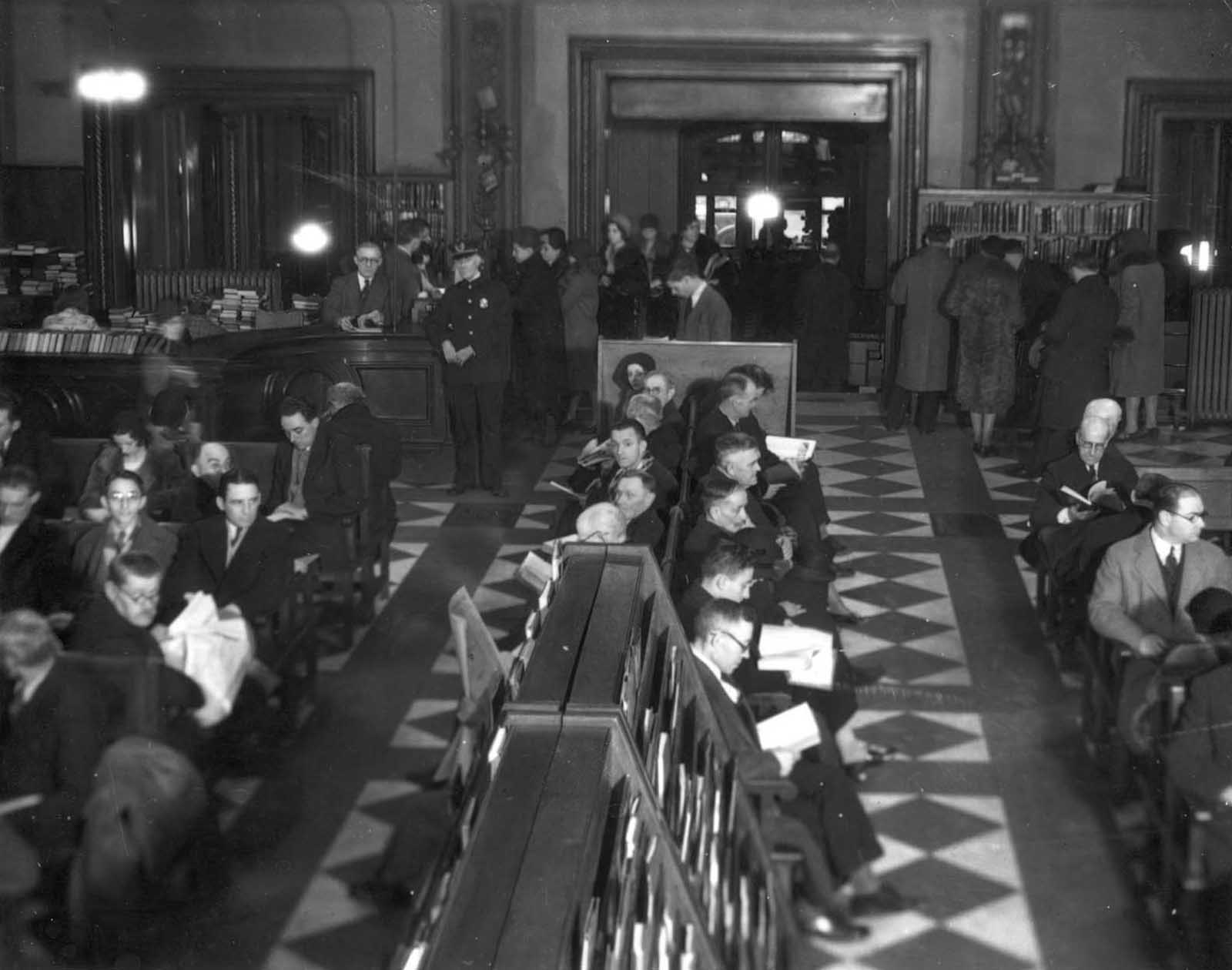
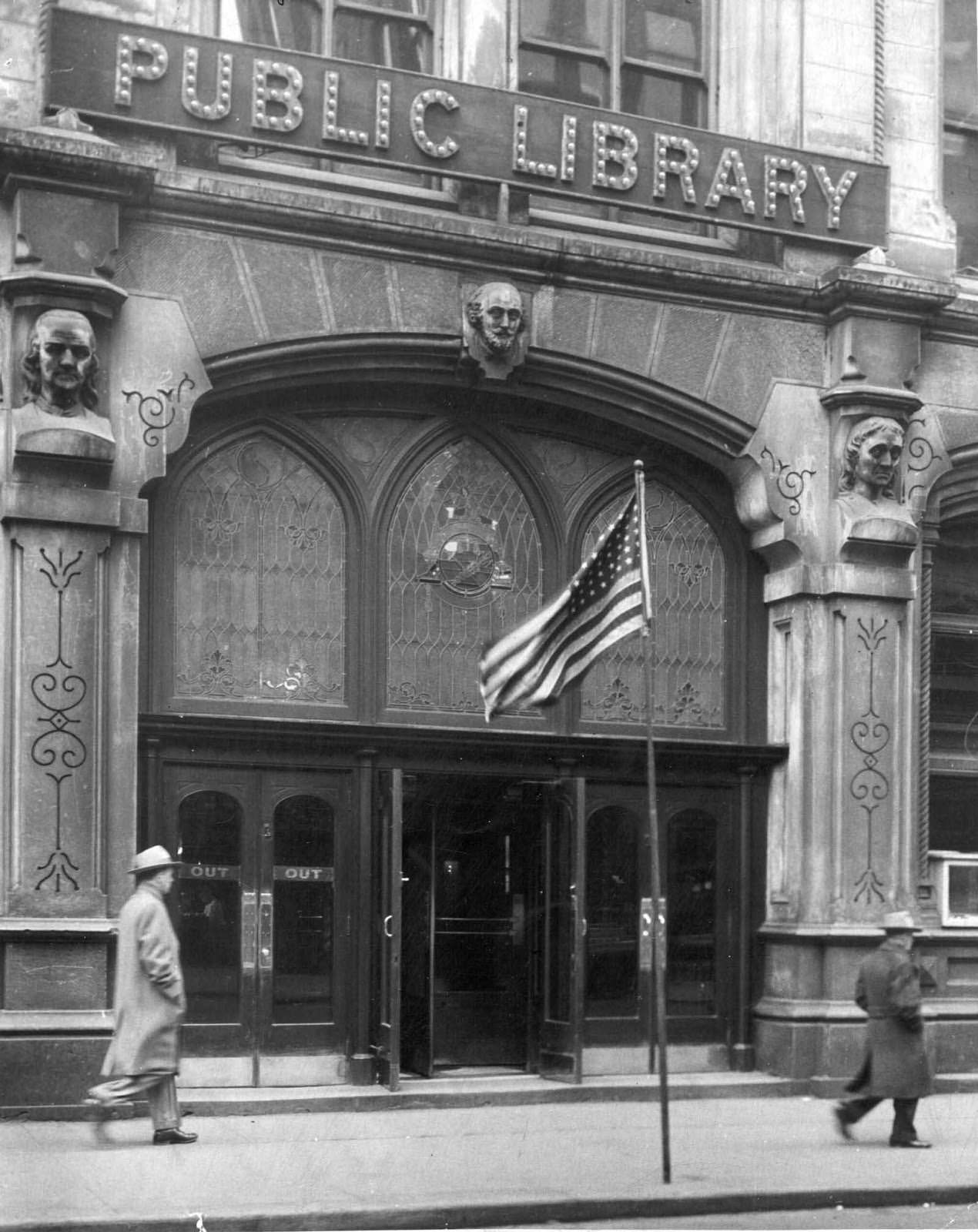
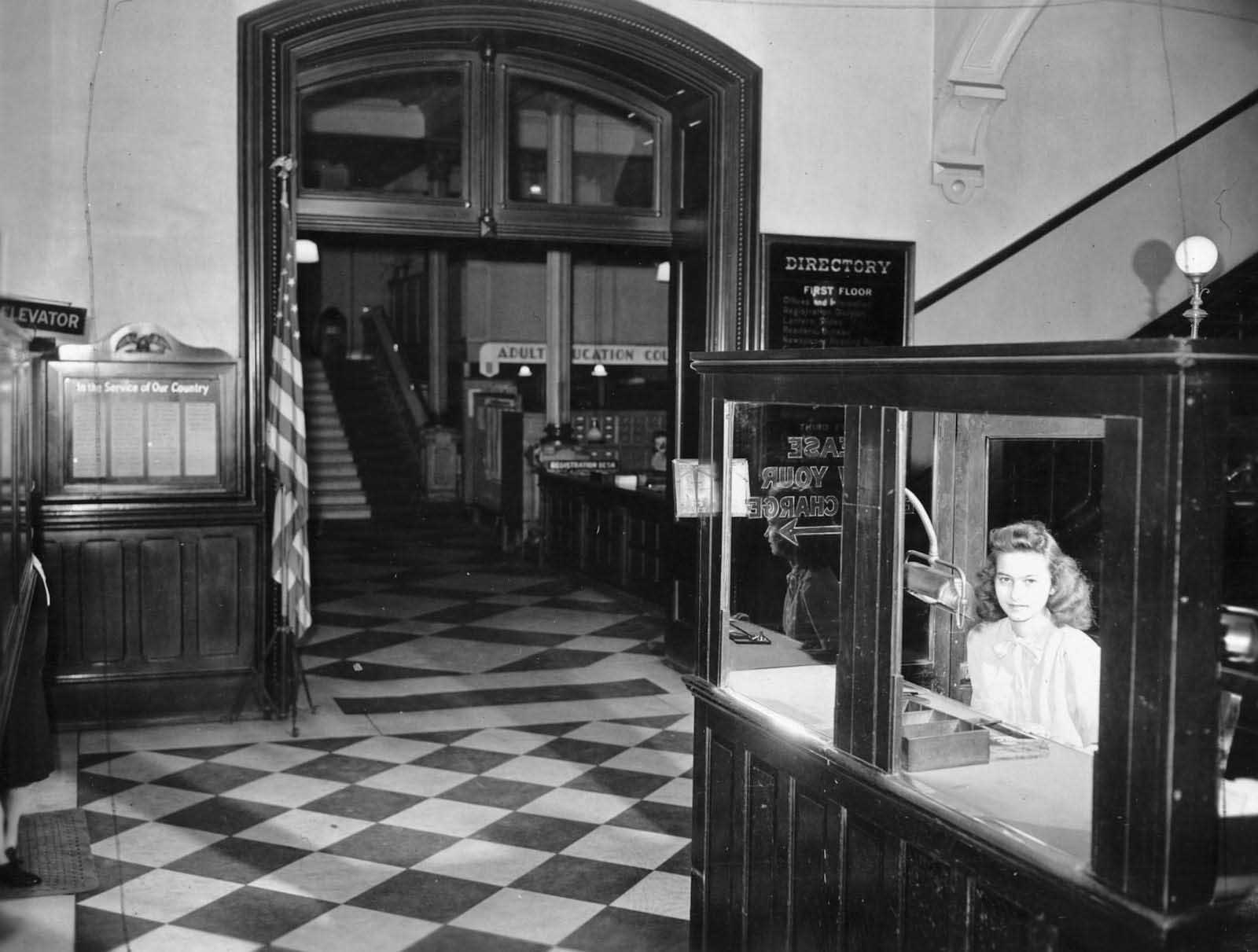
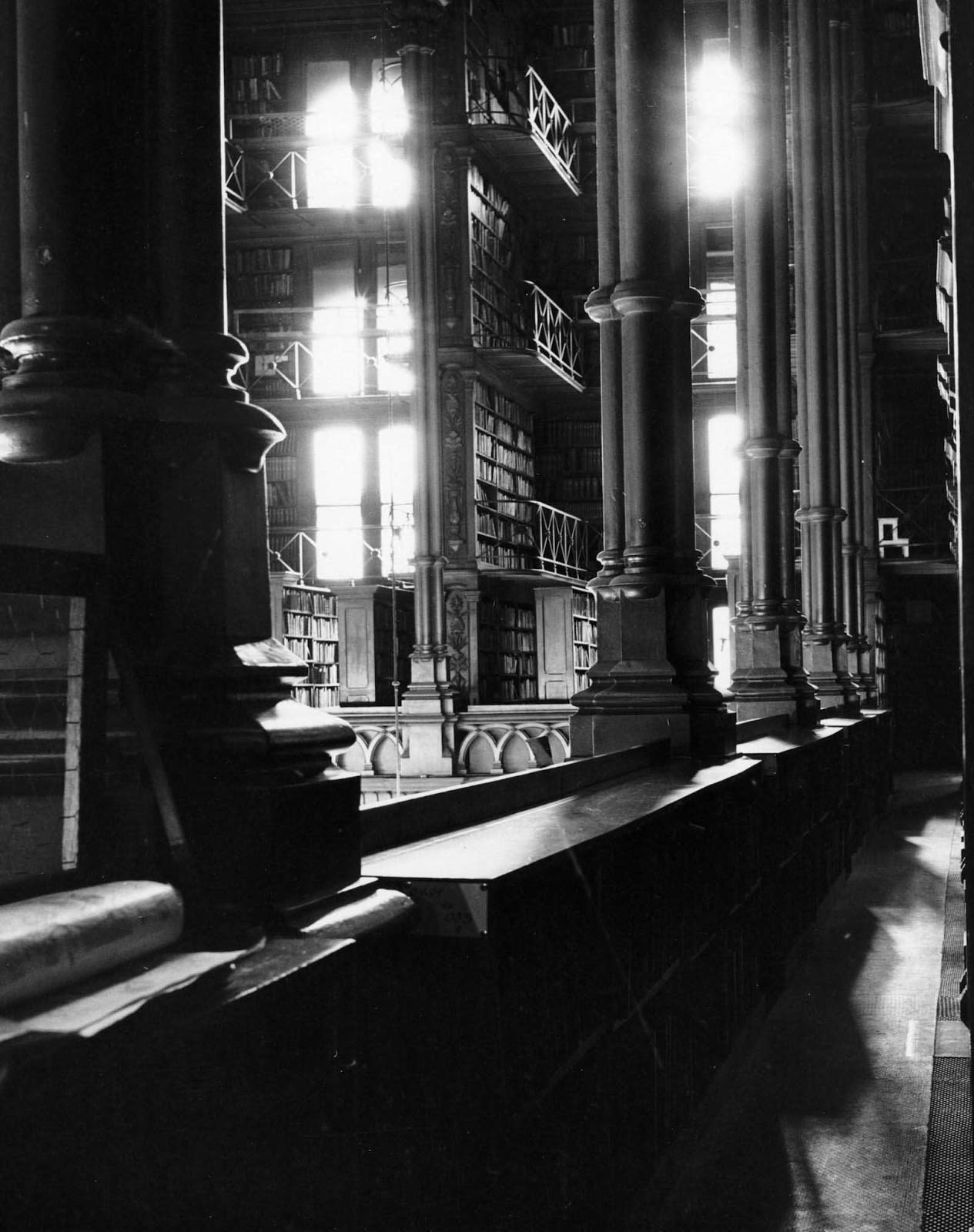
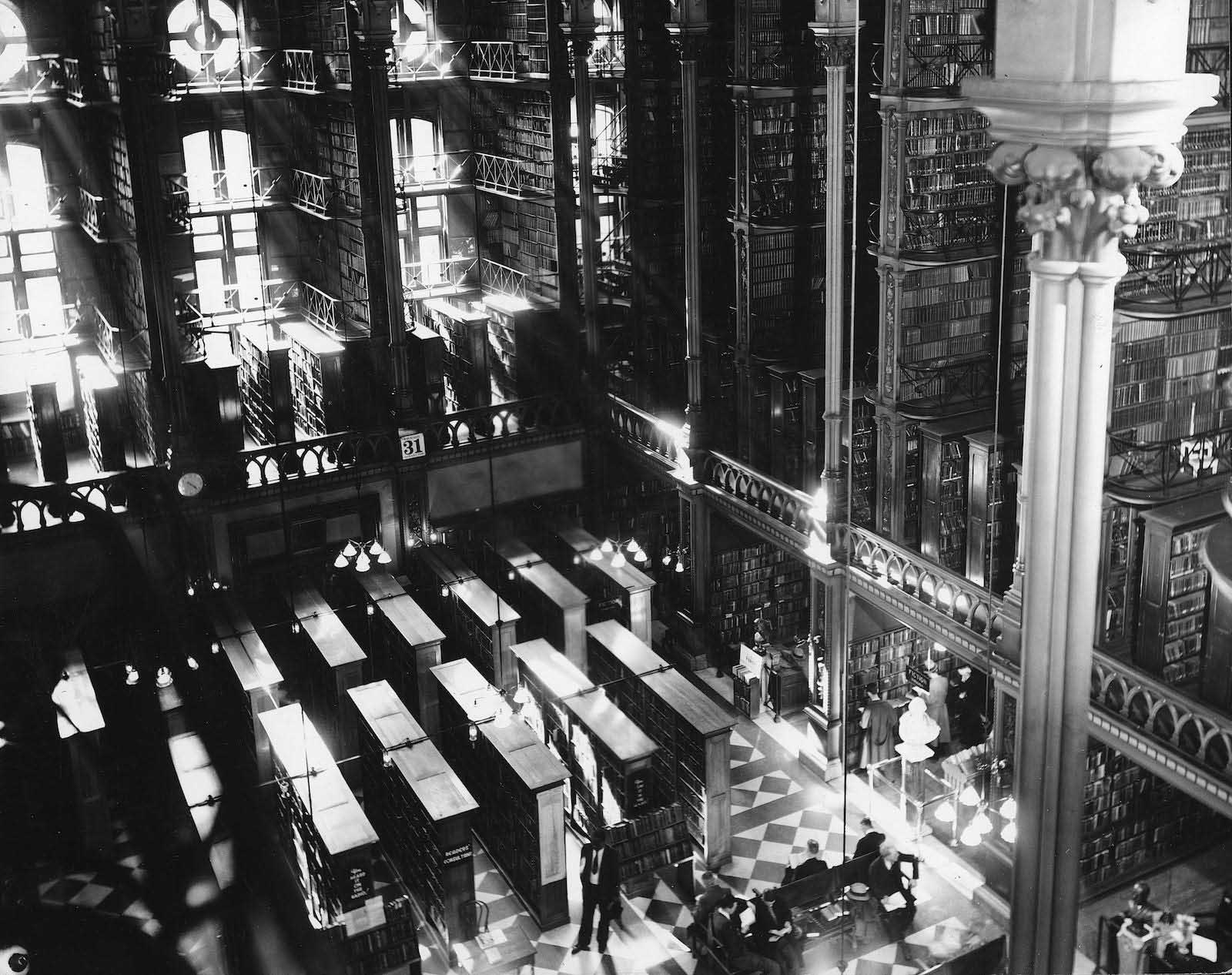
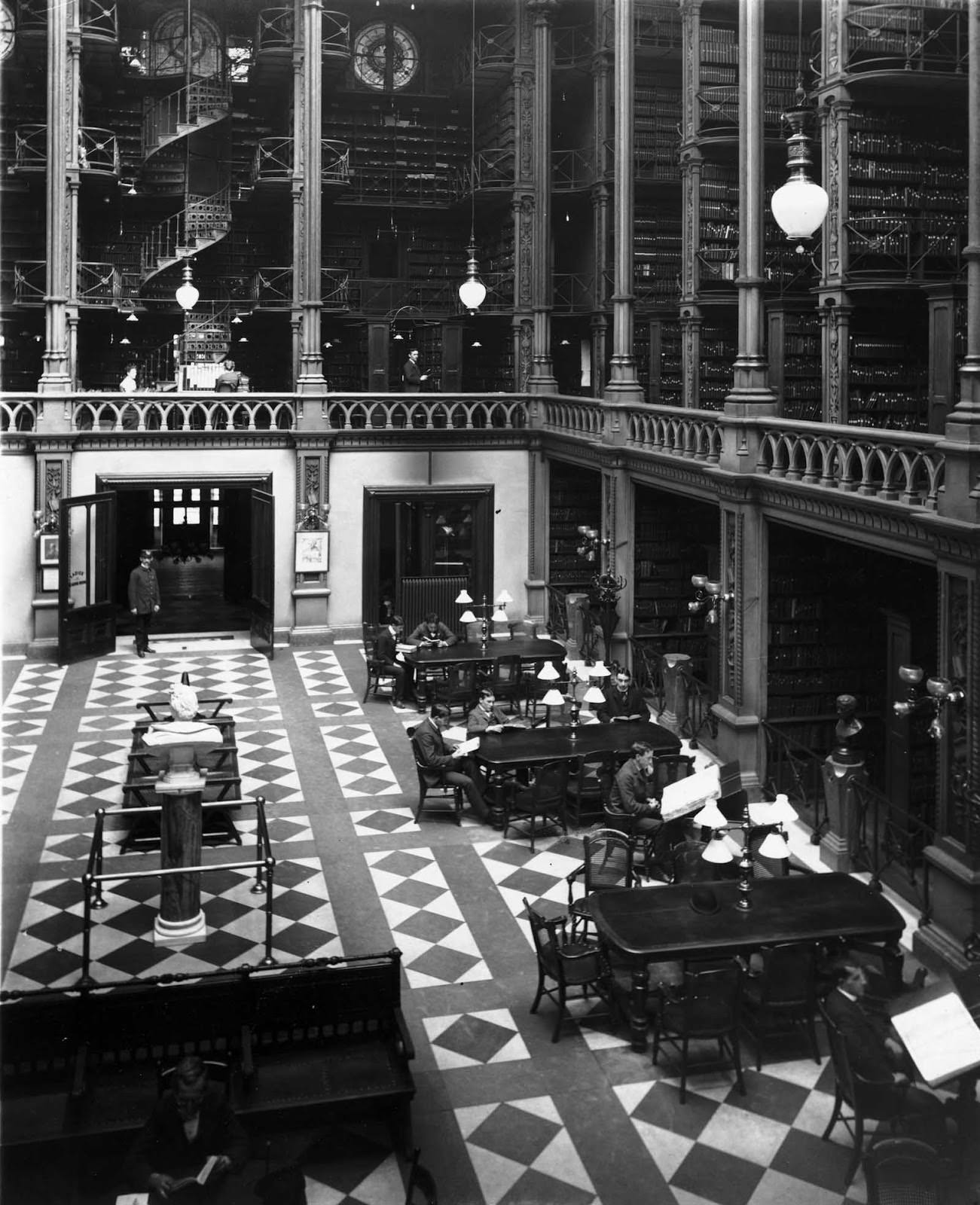
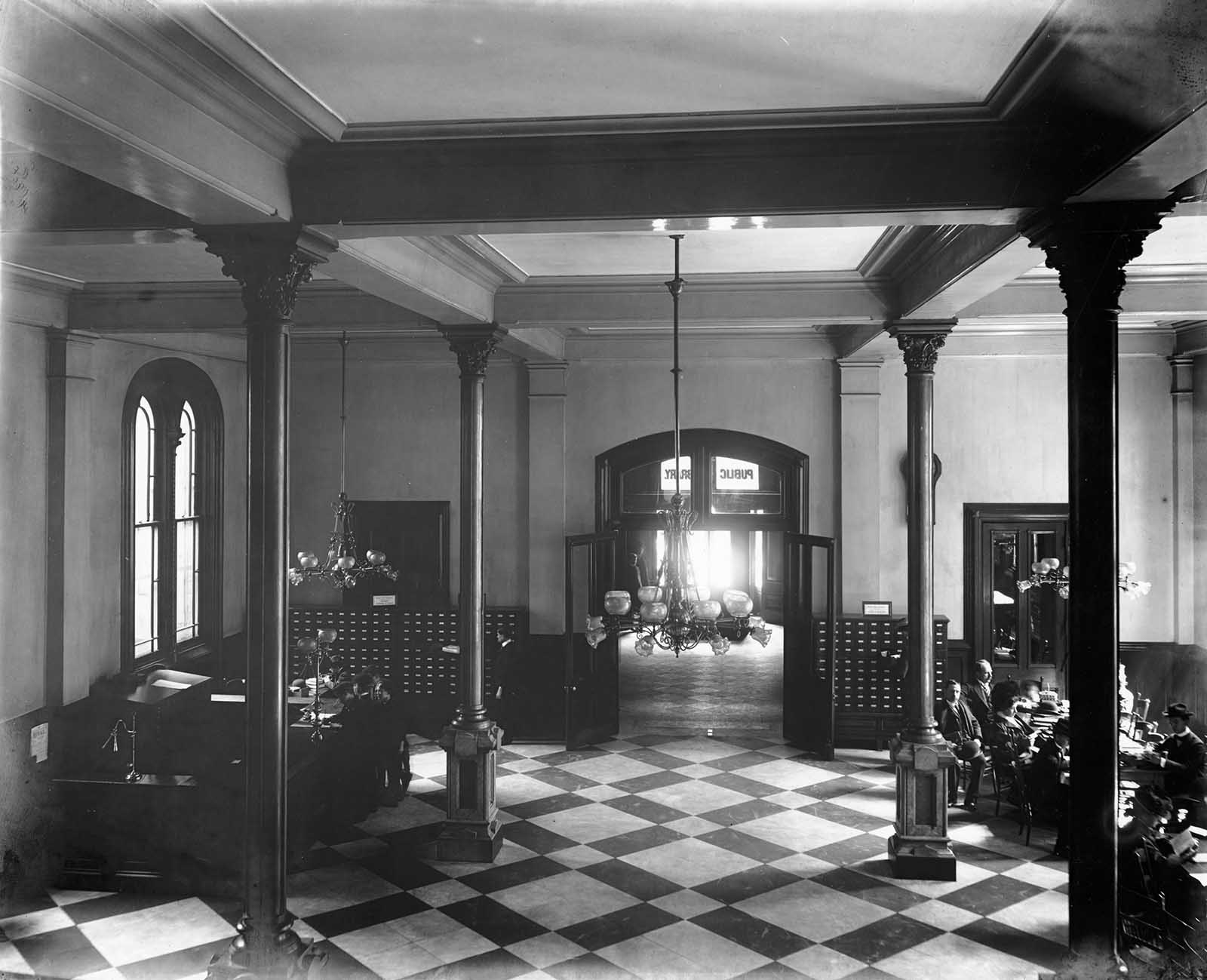

You can see something like this in person at the Peabody Library in Baltimore. Right now, vaccines aren’t available to the public when they are available.
It is a terrible analogy for the way humanity is going…turning a beacon of knowledge into a parking garage…
The old one had fallen into neglect and was a safety hazard, so they built a new one
This is a great analogy for how humanity is doing. The things people liked were becoming increasingly old, delapidated, expensive, too small, and unsafe. Despite the sticks-in-the-mud, eventually a new building was constructed to meet the needs of those who work in and use the library. In the present day, a bunch of whiny idiots on the internet are ranting about how great it used to be and how we shouldn’t have made the change because they think the old building was beautiful. Even though it was a pain to work there, the building failed to fulfill its stated purpose (the collection had outgrown the space), and it was overly expensive to maintain. The rose tint of nostalgia often prevents us from seeing when it’s time for something new. Occasionally, though, we overcome that intransigence and move forward. Internet users only focus on nostalgia and moan endlessly about a past that was never what they remember it to be. The human race.
Buildings don’t last forever. Eventually, they may have to be replaced. It does not mean that all the books inside were destroyed as well.
Cool looking place, like a library from a film or something.
Libraries were being marked up for automated shelving and retrieval systems, and my college town’s library bought one maybe 40 years ago. It was made by a company that went out of business. They had to hire blacksmiths to make replacement parts before trashing it.